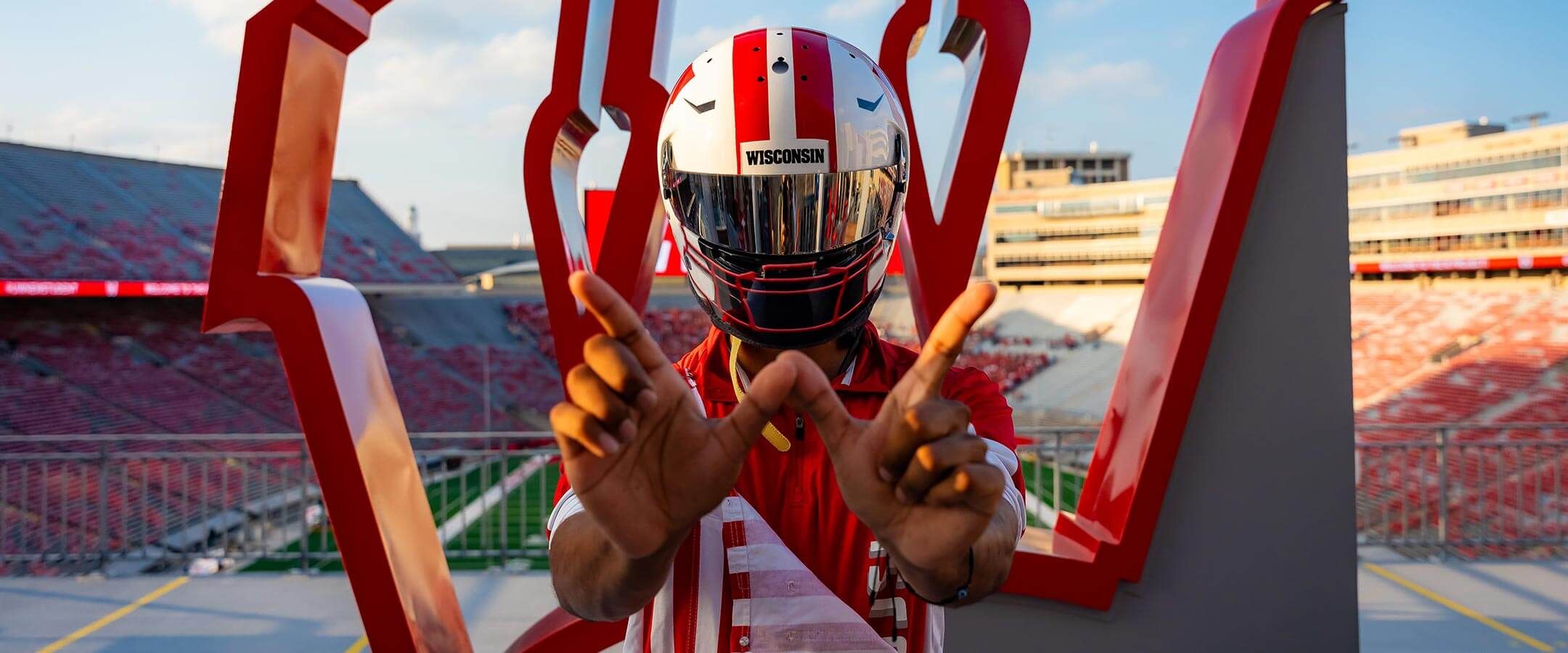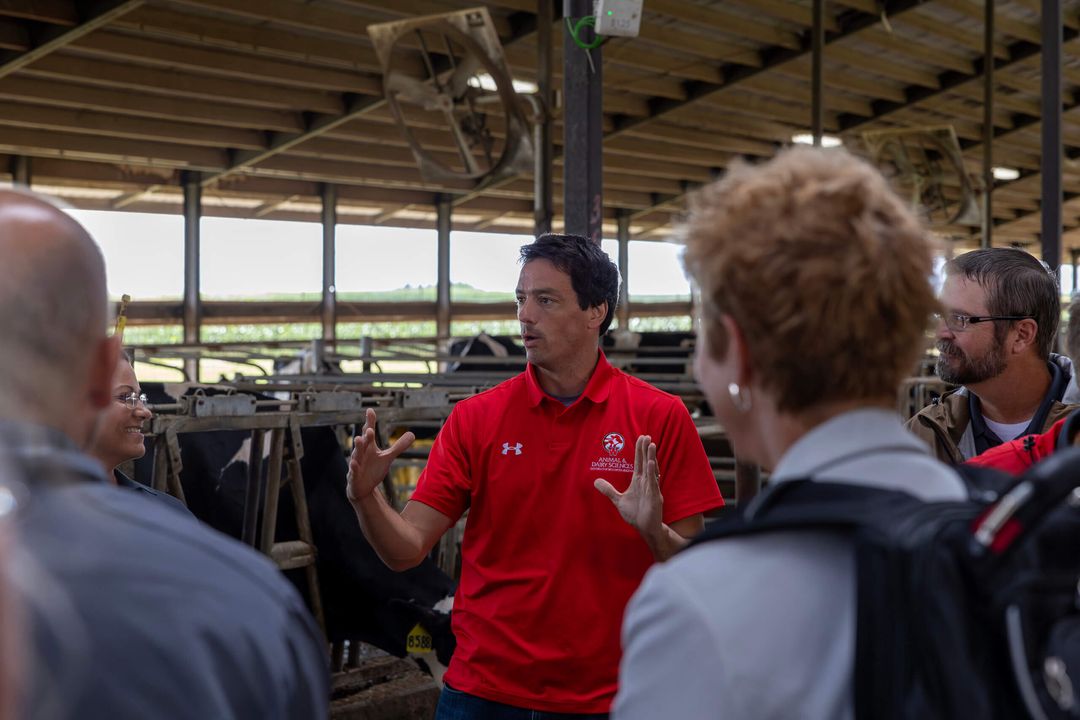After “a big learning year,” rookie Yuven Sundaramoorthy ’23 — a UW–Madison computer sciences graduate and now a professional race-car driver — says he’s “picking up speed.” Sundaramoorthy, 21, just wrapped up his first full season competing in the Indy NXT series, a developmental league sanctioned by IndyCar. Indy NXT is the final step on the Road to Indy, a program of racing series culminating in the sport’s premier North American professional league: the IndyCar Series. With one podium, three top-five finishes, and some of the fastest lap times in the series, Sundaramoorthy feels good about his progress so far.
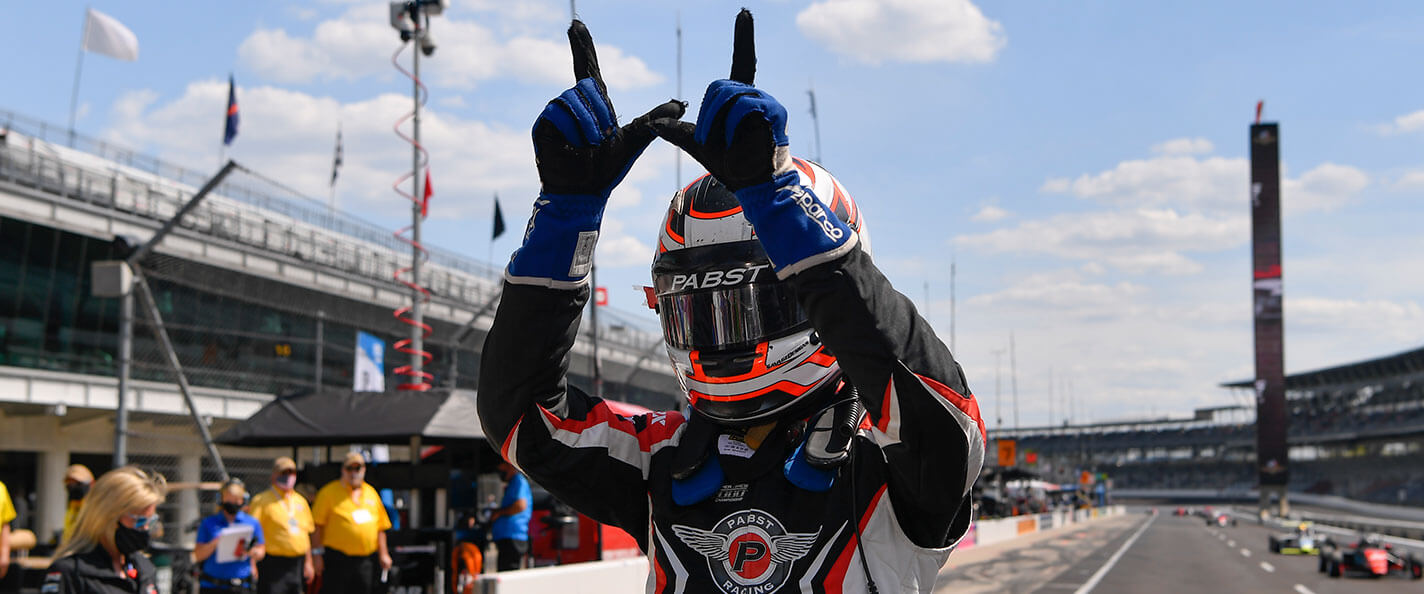
“Last year, the manager of the team that I’m now racing for told me, ‘I can tell you’ve got the speed,’ ” says Sundaramoorthy, who moved up to join team Abel Motorsports at the end of last season. Now entering the second phase of his two-year plan to reach the Indianapolis 500 by 2026, the next step is building upon this season’s “really strong” results.
Shifting into Gear
In the decade-plus that he’s been working toward this goal, Sundaramoorthy has already made history: back in 2021, he became the first Indian American driver to win an IndyCar-sanctioned event. (At the time, he was also a full-time computer science student and a member of UW–Madison’s Formula Society of Automotive Engineers team.) If — better yet, when — he makes it to IndyCar, he’ll be first in that, too.
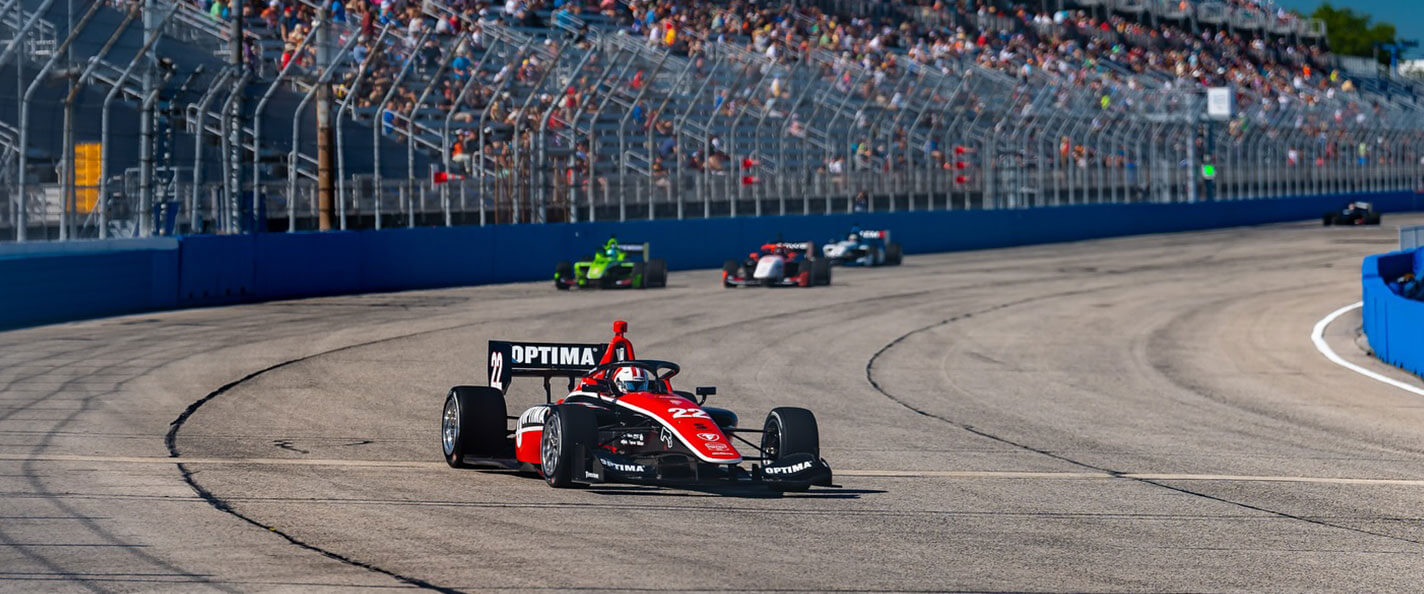
To make it happen, he’s relying on support from fellow Sconnies. At the tail end of August, Sundaramoorthy left no doubts about his own state pride. Sporting a W racing helmet modeled after Badger football’s iconic helmet design, he averaged 132.584 mph for more than 40 minutes, completing 90 laps around the historic Milwaukee Mile, his hometown track. The performance earned Sundaramoorthy his first sponsor: OPTIMA Batteries, a Wisconsin-based company.
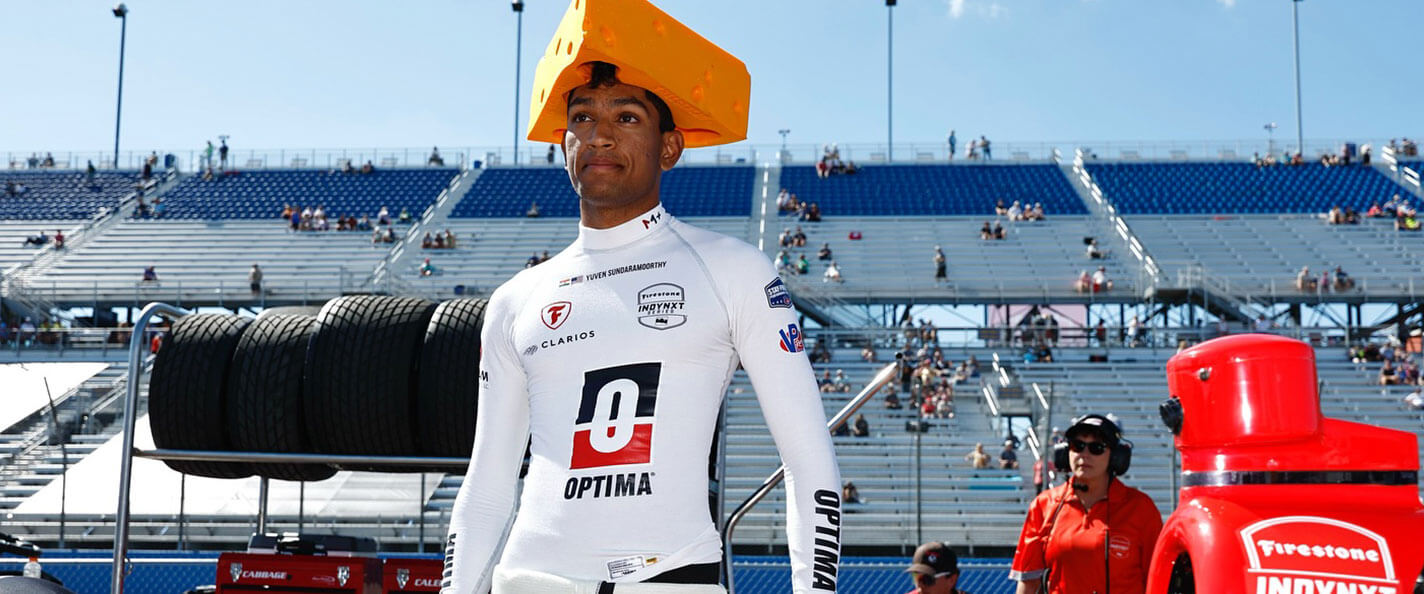
For Sundaramoorthy, the race felt like a homecoming. “Back in the ’90s, racing was huge in Wisconsin,” he says. “That’s kind of what I’m trying to bring back.” Wisconsin was previously a consistent producer of Indy fans. Although the state’s appetite for the sport has dipped recently, Sundaramoorthy sees the impressive turnout at the Milwaukee Mile as a positive indicator.
The Code for Speed
You might not expect a graduate of UW–Madison’s Department of Computer Sciences to be the state’s champion for motorsports. But Sundaramoorthy is the first to point out that the two go hand-in-hand.
Indy-sanctioned practices, called “tests,” happen only on approved dates; there’s no extra “gym time” allotted. Many drivers supplement these formal practices with simulation driving, which requires a table-mounted wheel and virtual-reality headset. Sundaramoorthy doesn’t rely on simulated driving — his training is a combination of mental and reflex testing, rock climbing, and workouts prescribed by a company specializing in training motorsports athletes — but he sees potential in its analytical advantages.
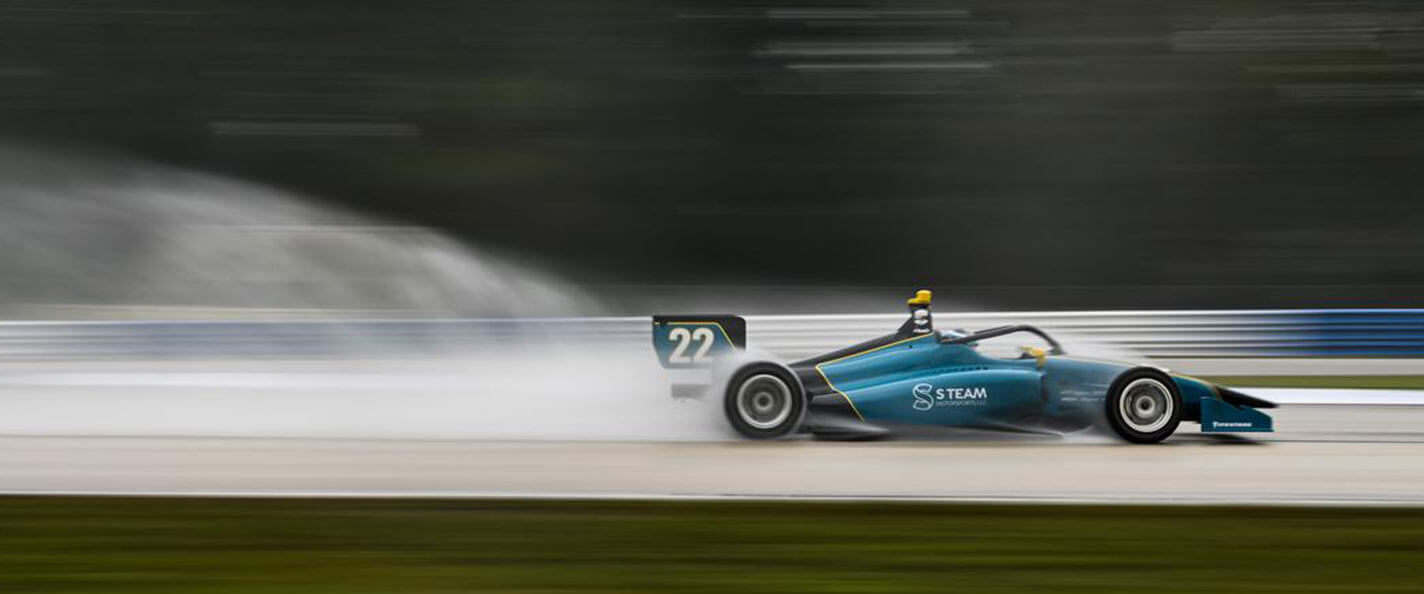
“It’s all electronic, so you can pull a lot of data right from your lap,” explains Sundaramoorthy. “I want to make a program that allows you to take that data and, using artificial intelligence, apply it and learn from it.” This kind of program could provide beginner racers with specific adjustments to improve performance, or it could be another way for casual hobbyists to engage with the sport. Either way, the goal remains the same: to grow the sport, in Wisconsin and beyond.
